You hear so many SEO “gurus” giving tips about how to build backlinks all over the internet.
But what really works for the eCommerce biz?
In this post, I have put together all the best strategies that have ACTUALLY helped my clients backlinks for their eCommerce websites.
7 Best Ways to Earn Ecommerce Backlinks
1. Write Skyscraper Content with Original Research
I earned hundreds of backlinks just by creating data-driven, “skyscraper” content that outperformed anything else in our niche.
To create such content, you first need to identify link-worthy content in your niche.
I’d run my competitor’s domain on Backlink Analytics.

Then go to Indexed Pages and look at which pages are getting the most backlinks.

Check out those pages. That’s the content you want to beat.
Produce content that is more up-to-date, detailed, and useful. This could be original research, a long-form guide, or an infographic with new insights.
I’d also run these pages through Semrush’s Domain Overview to find what keyword a page is ranking for. This helps you make sure that you cover the topic properly.
Also make sure to study the pages that are linking to your competitors so that you can create content that truly adds value for them.
Once you have created and published the content, reach out to the domains linking to the similar competitor pages and pitch your content. Explain to them the unique value your content provides or how it is better than your competitor’s content (the one they are linking to right now)
2. Do Digital PR for Newsworthy Backlinks
I regularly try to turn ordinary business news into linkable stories. I once had a client (an eco-friendly apparel store) with a new sustainability initiative. I wrote a compelling press release and pitched it to industry journalists and bloggers.
This outreach brought us many features on multiple news sites and niche blogs. And of course, we got backlinks.

So first thing, you need to find a news-worthy angle. What is something unique that your ecommerce business is doing? It could be a unique product, a charity partnership, or you may have some valuable survey data.
Turn it into a story that news blogs in your niche would want to feature. It should interest a broader audience, and shouldn’t just be a product announcement.
For inspiration, look at what kind of stories new blogs in your industry post. This might give you some ideas.
Once you have created this unique piece of new-worthy content, reach out to relevant new blogs and publishers and pitch it to them.
To score media placements, try out these HARO alternatives.
3. Replace Dead Backlinks
One of my favorite ways to earn backlinks is to turn others’ dead links into live ones for my sites. Links break for numerous reasons, maybe the linked page got deleted or is experiencing some technical issues.
You want to find such pages on your competitors’ websites that still have a good amount of backlinks. Then you create high-quality content around the same topic and pitch it to the referring domains, offering to replace the broken links with yours.
To find such opportunities, open Semrush’s Backlink Analytics and run your competitor’s domain.
Go to Indexed Pages and click Broken Pages.

Look for pages that have a 404 error.

Then click the Backlinks number next to a broken link to see which domains are still referring to it.
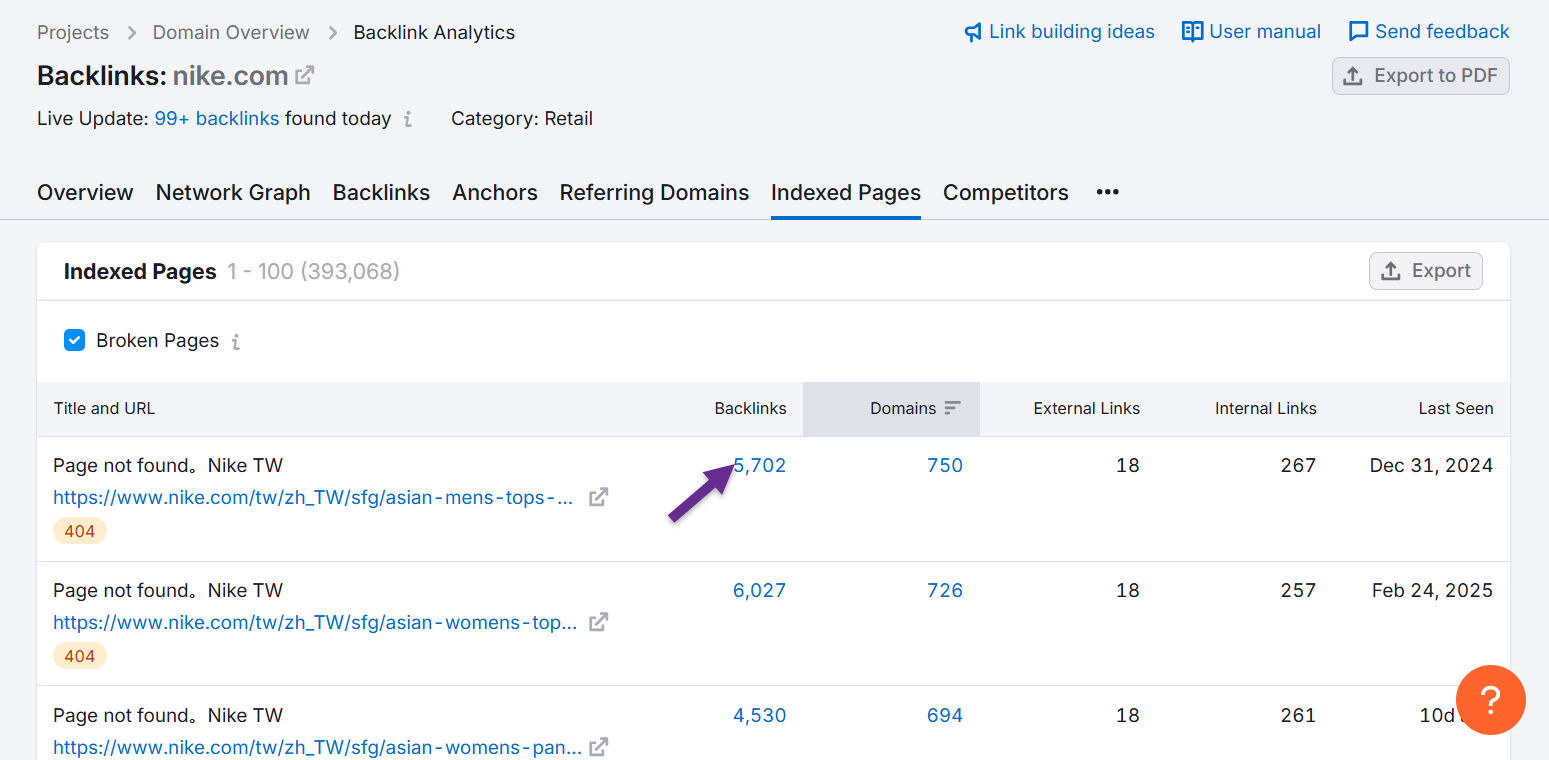
This will give you a list of prospects for outreach.
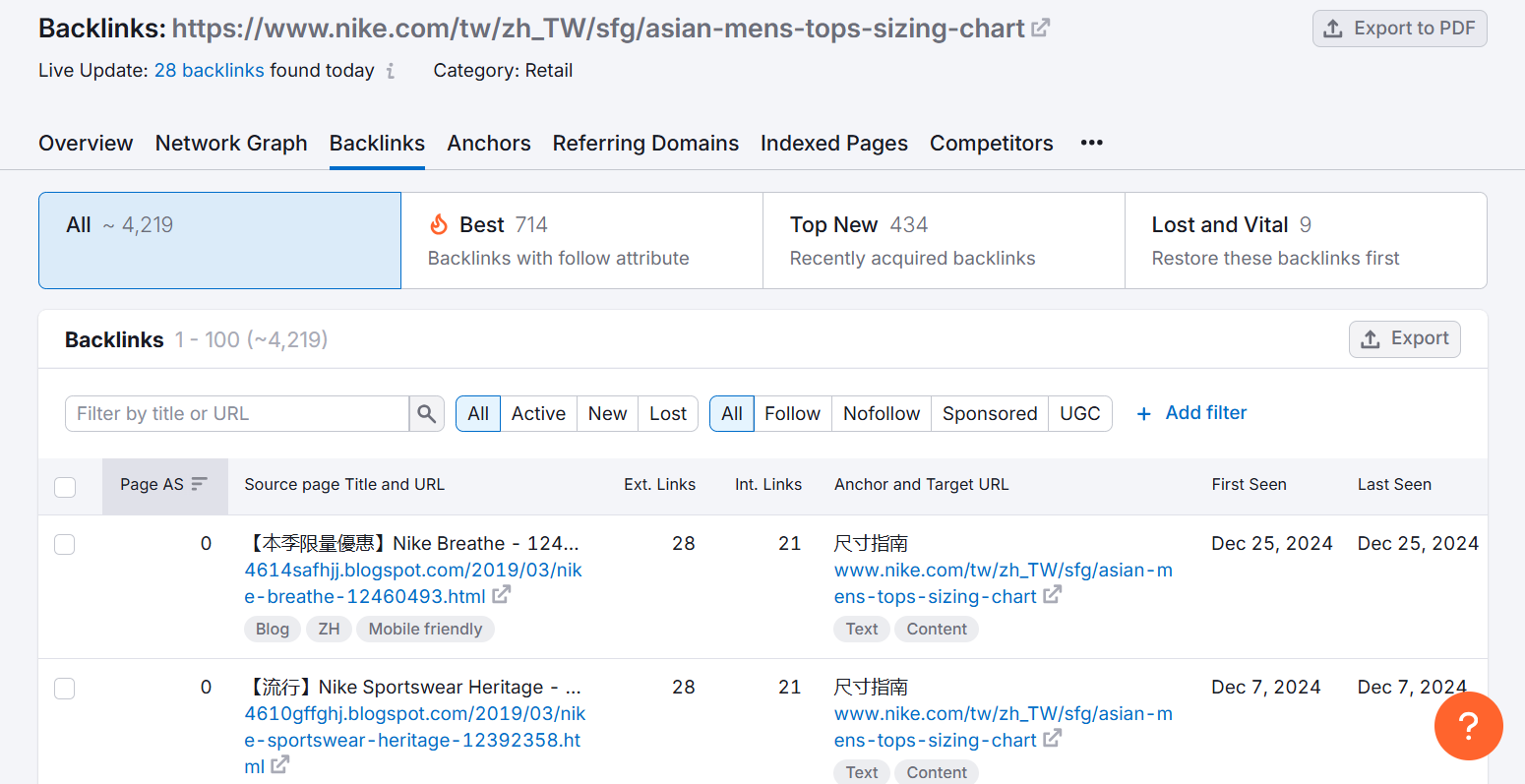
Now create highly valuable content around that topic and pitch it to these domains as a substitute for your competitor’s broken link. Of course, no one wants a broken resource on their website so if you create quality content that captures the topic comprehensively, most will be happy to replace it with your content and give you a backlink.
4. Target Resource Pages in Your Niche
Have you noticed how some websites have dedicated “resources” pages that are full of helpful links for a given topic? For example, if you sell organic dog food and have a blog post “Guide to Canine Nutrition,” you could pitch it to pet care resource pages on vet clinic and pet adoption websites.
Search for relevant resource pages in your niche. You could use advanced Google queries like: site:.edu [topic] resources
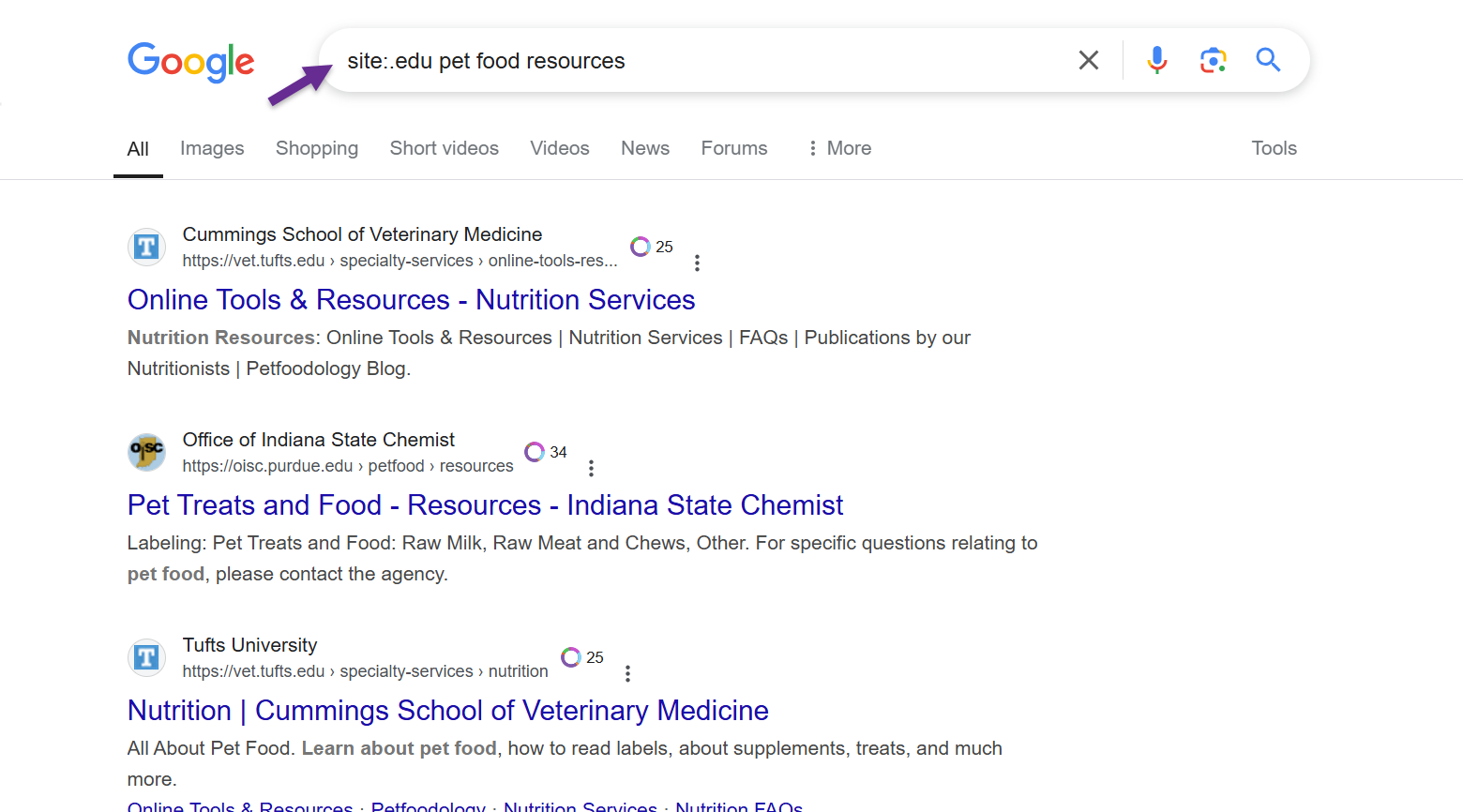
Check out pages that seem relevant to your business. Make sure these pages have good authority scores and are topically related to your business.
See what other links are leading to. Is that the type of content you create or can create? Do you have something similar, or are you covering a relevant aspect that no other resources are doing?
If you already have relevant content that can add value to your target resource pages, reach out to them and pitch it– while explaining how your content adds value for their readers.
5. Reclaim Unlinked Brand Mentions
This is another super easy way of getting backlinks. But if your brand is very new, this might not work very well.
But if your website has been around for some time, chances are people are talking about it somewhere on the internet. You want to catch those unlinked mentions and turn them into backlinks.
A very simple and free way to do that: Google Alerts
Just enter your brand name and it’ll show you posts where your brand is mentioned.
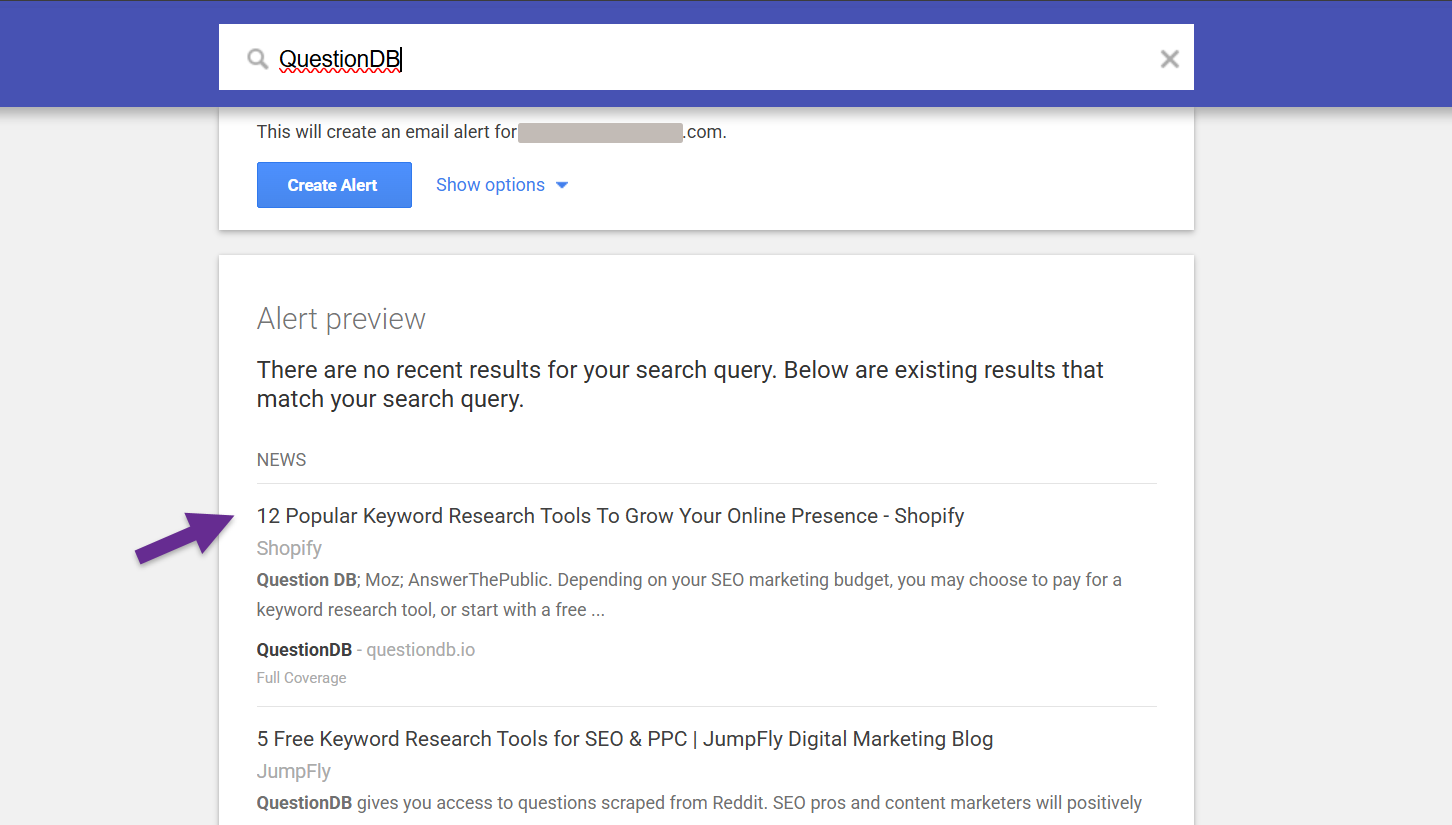
You can then reach out to these pages and request them to link to your relevant pages.
Saying something as simple “Thank you so much for featuring us! Would you mind linking our name to our website in your article so your readers can find us? Here’s the link: [URL].”
In most cases, they’ll be happy to give you a link because if they are writing about your brand/products, they already like you. It also helps improve their readers’ experience.
Now, you want to make sure that you don’t miss any brand mentions. So, set up Google Alerts for your brand name (and key product names) to get alerts whenever someone mentions it online.

There are many amazing backlink monitoring tools that can help you keep a track of unlinked mentions.
6. Expert Roundups and Industry Interviews
To attract backlinks, sometimes I shine the spotlight on others.
Hosting expert roundups or interviews on your own site can naturally earn you links when those experts and their followers share the content.
I once ran an expert roundup titled “10 Chefs Share Their Essential Kitchen Tools” for a client selling cookware. We reached out to some famous cooking blogs and got quotes from different famous chefs.
The content was a hit. Not only did it rank well, but we also got a ton of backlinks from many chefs’ websites and culinary. (It even improved my client’s social presence.)
To get backlinks in the same way, research and choose a topic or question that allows you to add insights from different influencers or experts in your niche.
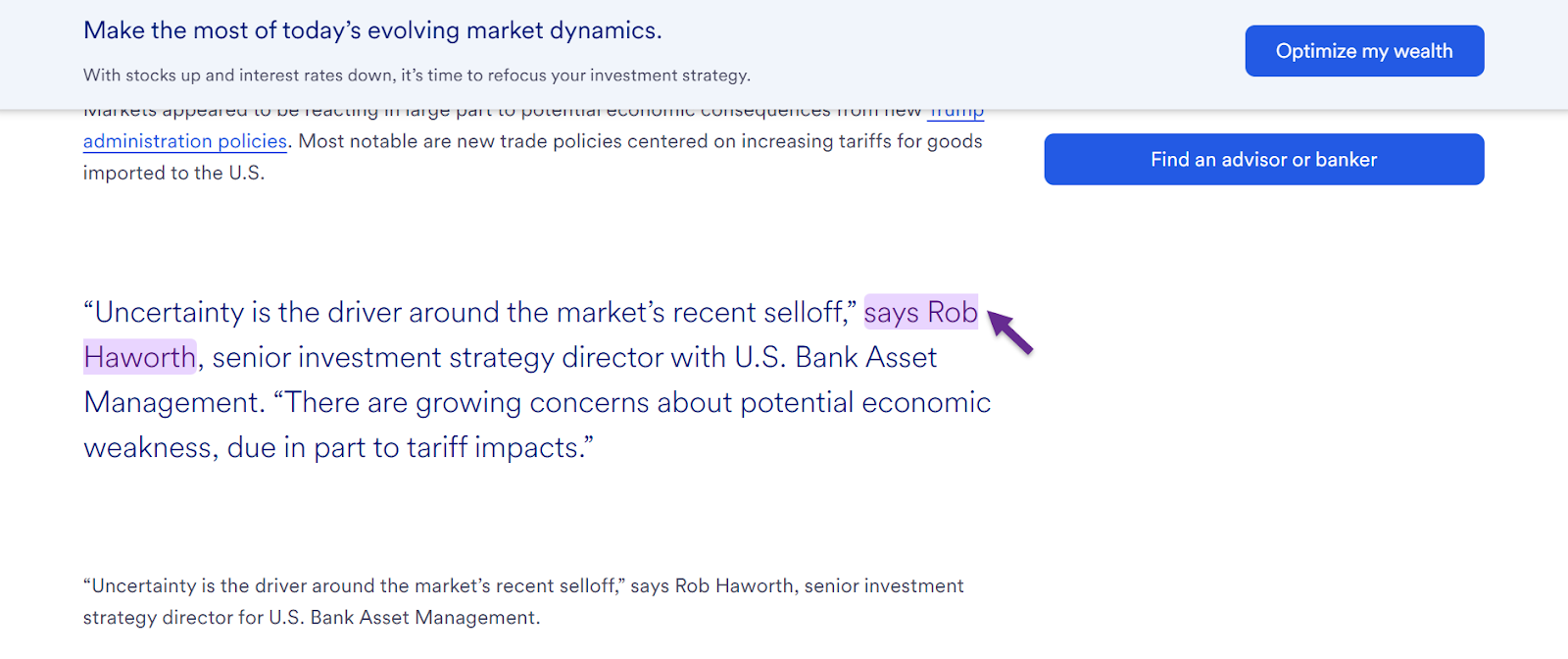
Figure out popular queries and pain points around your topic, turn them into strategic questions and reach out to relevant experts and influencers for a quote.
When you ask for quotes, explain your theme and its unique value to them. Also mention how you will link out to their website (I’ve seen the incentive of backlinks increase their chances of participating).
Once you have created and published the post, reach out to them again with a link and summary, while politely asking them to link to it.
7. Create Linkable Assets (Tools, Calculators & More)
Building a useful tool or unique resource can attract backlinks on autopilot.
For example, if you sell nutrition supplements, you could develop a Free Vitamin Intake Calculator on your website and promote it.
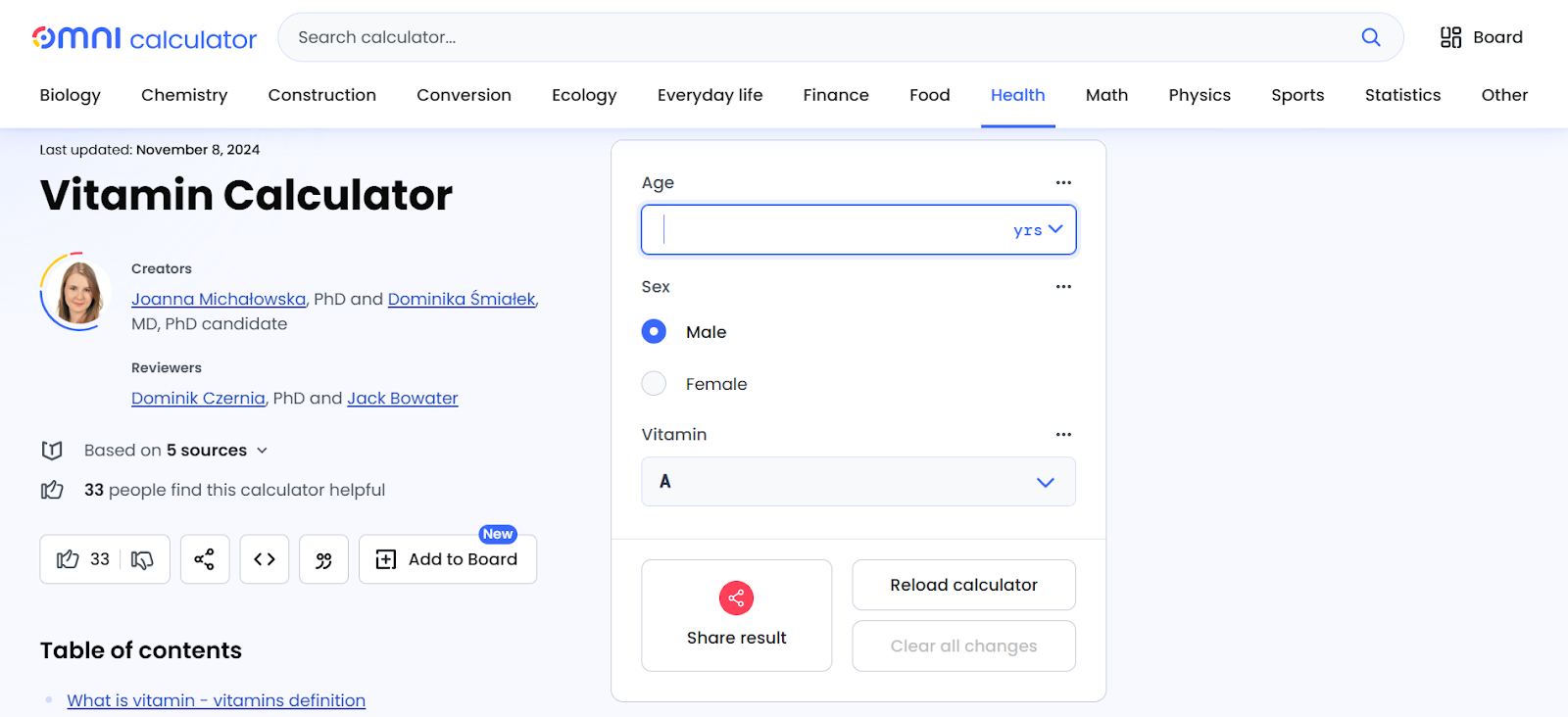
It could add value for your existing audience and also get you backlinks from relevant websites in your niche (in this case, it could be health bloggers and even a .edu wellness resource page).
If you already have such an asset, you should try reaching out to websites that could add value to their content by including it.
To create a linkable asset, think about what would genuinely help your customers or your broader community. It could be calculators, interactive quizzes to find the right product, downloadable templates, or even well-designed infographics that compile useful information.
Also make sure that it is easy to share and link to. For example, if it’s an embed-able asset (like an infographic or widget), provide an embed code that credits and links back to your site automatically. This will encourage more people to share it.
But your main focus should be utility. If an asset is truly valuable and useful, people share and link to it without being told to do so.
Create Kickass Content & Promote it
In all these strategies, there is one consistent theme: quality content. No authoritative website will want to link to you unless you provide quality content (well, except PBN websites but you don’t want those backlinks).
So, create super valuable content that genuinely helps your community and promote the hell out of it!
Here are more strategies that can help your earn backlinks:
↳ How to get backlinks from .gov sites.
↳ How to build international backlinks
Frequently Asked Questions
Yes, backlinks can significantly boost an ecommerce website’s search engine rankings, leading to increased organic traffic and sales. High-quality backlinks from reputable sites enhance domain authority and credibility, making the site more visible to potential customers.
Effective strategies include creating valuable content like guides, engaging in guest blogging, collaborating with influencers for product reviews, and utilizing digital PR campaigns. Additionally, developing shareable assets such as infographics and tools can naturally attract backlinks from relevant sites.
Ecommerce link building involves acquiring external links from other websites to your online store. These backlinks signal to search engines that your site is trustworthy and authoritative, improving its ranking and visibility, which can lead to increased traffic and sales.
Beginners can start by creating high-quality, shareable content that naturally attracts links. Guest posting on relevant blogs, participating in industry forums, and leveraging social media platforms to promote content are also effective methods to earn backlinks.
Commerce links, often referred to as affiliate links, are URLs provided by merchants that affiliates use to promote products or services. When users click these links and make purchases, affiliates earn a commission, driving traffic and sales to the merchant’s site.
A B2B (business-to-business) link is a hyperlink from one business’s website to another’s. Such links are common in B2B marketing strategies, facilitating partnerships, resource sharing, and enhancing SEO by signaling credibility and authority within a specific industry.

